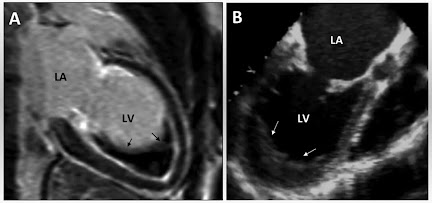Plasma proteins
Introduction:
These are the specific protein which are present in plasma.
Normal value:
Over all proteins - 6.35 - 8.3gm/dl (average -7.3gm/dl).
Albumin - 4.7gm/dl or 55%
Globulin - 2.3gm/dl or 38%
a. Alpha globulin - 13%
b. Beta globulin - 14%
c. Gamma globulin - 11%
Fibrinogen - 0.3gm/dl or 7%
Ratio- Albumin:Globulin=2:1
Globulin contains many species which together known as globulins...
1. Lipoprotein.
2. Glycoprotein.
3. Interlukins.
4. Hepatoglobulins.
5. Cortisol binding globulin.
6. Ceruloplasmin.
7. Transferrin.
8. Immunoglobulin's
Site of formation :
In embryo - it is formed by mesenchymal cells.
In adults -
Albumin - it is formed in liver.
Fibrinogen - it is formed in liver.
Globulin - mostly formed in liver and immunoglobulin are formed in plasma cells and gamma globulin is formed by lymphocytes.
Factors helping in formation of plasma proteins:
1. Protein rich diet.
2. Proper absorption from G.I.T.
3. Proper metabolism.
4. Proper hepatic function.
Functions of plasma protein:
1. Antibodies - globulin carries antibodies.
2. Procoagulant - procoagulant proteins of plasma proteins. Clotting factors which helps in clotting. Most are these factor are formed by plasma protein.
3. Vehicle - they carries substances like drugs, hormone and bilirubin etc. From one place to another.
4. Buffer action - they maintain buffer action of blood.
5. Function of lipoprotein - lipid are insoluble in plasma but when lipid combine with globulin and form lipoprotein which is soluble in plasma and then after perform varies function.
6. Hepatoglobulin - in pathological condition whenever become hemolysis then release free Hb which attach with hepatoglobulin and form Hbhepatoglobulin which is larger in size so it can't filter through kidney.
7. Osmotic pressure - the pressure of plasma is 290mol/liter. To maintain this pressure the volume and concentration of plasma should be maintain. It is achieve with the help of plasma protein.
8. Fibrinogen is essential for coagulation of blood.
9. Viscosity of blood - plasma protein maintain viscosity of blood so maintain blood pressure.
10. Stability of blood - globulin and fibrinogen helps to stability of blood.
11. Manufacture of trephones - they prepare some substance from plasma protein which have great influence on nutrition, growth and repair. Thease substance are known as trephones.
 |
| When occur hyper and hypoproteinemia |
Download books...






No comments:
Post a Comment
Please do not enter any spam link in the comment box